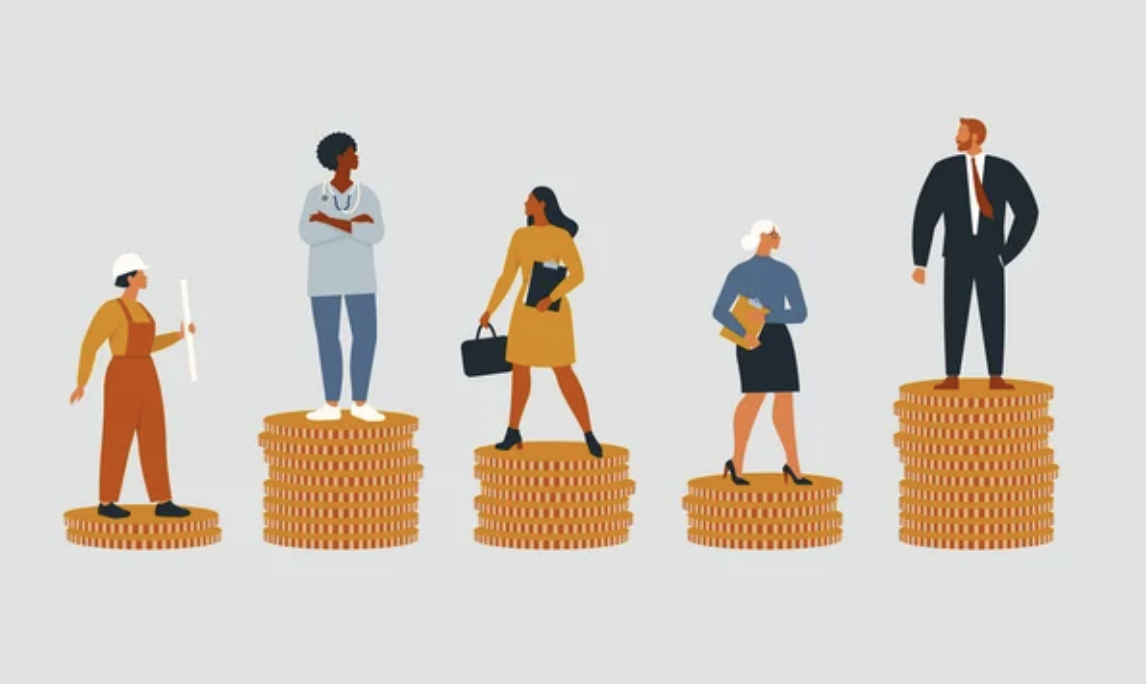We’re reducing our gender pay gap

An increase in the number of women holding senior roles across our group of hospitals has driven a striking reduction in the gender pay gap. As a result we have achieved our target to squeeze the gap three years ahead of schedule.
The latest annual gender pay gap (GPG) report shows the difference in average earnings of men and women across Barts Health fell from 11.7% to 8.3%. This significant improvement puts us in line with the national average even though the majority of our workforce are women.
The change over twelve months is attributed to an increase in the proportion of women in Very Senior Manager roles, from 40% to 44%. There was also an increase in the proportion of women at Band 8C and 8D, which is promising for our future top talent pipeline.
The reporting period also coincided with the start of the transfer of former SERCO staff to become Barts Health employees, and this contributed to the reduction. Overall the gap means that for every £1 earned by the average male employee, the average woman gets 92p.
Reporting on gender pay is a statutory requirement and when we began the process in 2017 the gap was 13.3%. We set ourselves the target to reduce this to 11% by 2025, and much of our success in achieving this is down to the enthusiastic efforts of colleagues in the Women’s Network.
In common with the rest of the NHS, 70% of our workforce is female. There are disproportionately fewer female consultants (42%), and many more female nurses (86%) who are more likely to be in lower-banded roles. Despite the improvements at the top of the pay scale, 56% of the highest-paid quartile are women.
The annual report also analyses the ethnicity pay gap but unfortunately this has not changed and the data reinforces what we known about inequalities in representation at a senior level.
The median ethnicity pay gap stuck at 18.3% last year and there was a 3% reduction in the proportion of Black, Asian and Minority Ethnic (BAME) staff in the highest pay quartile (to 41%).
For every £1 earned by a white colleague, a BAME colleague gets 82p, with Black staff over-represented in middle pay grades and Asian staff over-represented in the lowest (with Bangladeshi colleagues the worst off).
Ajit Abraham, group director for inclusion and equity, said:
“Through our WeBelong strategy we have career progression and recruitment programmes which have helped close the gender pay gap, but have much more intersectional work to do on the persistent ethnicity pay gap and disability pay gap, so that our hospitals can become truly inclusive places to work.
Manpreet Randhawa and Eva Fiz, former co-chairs of Barts Health Women’s Network, said:
“We are really proud of the achievement, this is a huge step towards gender equality in our organisation. We took a quality improvement approach to really understand the drivers of the GPG at Barts, allowing us to target interventions that had the biggest impact. This would not have been possible without the support of the Inclusion Board and everyone involved in the Task and Finish Group.”
